Osvald Sirén - The Chinese on the Art of Painting: Texts by the Painter-Critics, from the Han through the Ching Dynasties
Here you can read online Osvald Sirén - The Chinese on the Art of Painting: Texts by the Painter-Critics, from the Han through the Ching Dynasties full text of the book (entire story) in english for free. Download pdf and epub, get meaning, cover and reviews about this ebook. year: 2013, publisher: Dover Publications, genre: Art. Description of the work, (preface) as well as reviews are available. Best literature library LitArk.com created for fans of good reading and offers a wide selection of genres:
Romance novel
Science fiction
Adventure
Detective
Science
History
Home and family
Prose
Art
Politics
Computer
Non-fiction
Religion
Business
Children
Humor
Choose a favorite category and find really read worthwhile books. Enjoy immersion in the world of imagination, feel the emotions of the characters or learn something new for yourself, make an fascinating discovery.
- Book:The Chinese on the Art of Painting: Texts by the Painter-Critics, from the Han through the Ching Dynasties
- Author:
- Publisher:Dover Publications
- Genre:
- Year:2013
- Rating:5 / 5
- Favourites:Add to favourites
- Your mark:
The Chinese on the Art of Painting: Texts by the Painter-Critics, from the Han through the Ching Dynasties: summary, description and annotation
We offer to read an annotation, description, summary or preface (depends on what the author of the book "The Chinese on the Art of Painting: Texts by the Painter-Critics, from the Han through the Ching Dynasties" wrote himself). If you haven't found the necessary information about the book — write in the comments, we will try to find it.
Because so many Chinese artworks have been ravaged by time, the only way to really understand their history and significance is to turn to writings by the painters themselves or by contemporary critics. That is what Osvald Sirn has done in this classic book, with eye-opening results.
One of the first Western studies to systematically cover the more than two thousand years of Chinese art, this book by a modern expert considers a wide range of topics, including the relationship between religion and art and the different aesthetic philosophies prevalent in different periods. The book covers art works from the Han (third century B.C.) to the Tang dynasties; the Sung period; aspects of Chan Buddhism and its relation to painting; the Yan period; historical theories, methods of study, and aesthetic principles of the Ming dynasty; and individual departures and reassertion of traditional principles during the Ching period.
Readable and intriguing, this volume is a valuable reference for art lovers and historians.
Osvald Sirén: author's other books
Who wrote The Chinese on the Art of Painting: Texts by the Painter-Critics, from the Han through the Ching Dynasties? Find out the surname, the name of the author of the book and a list of all author's works by series.

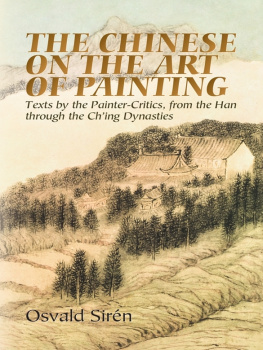



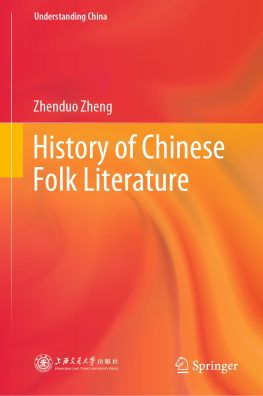
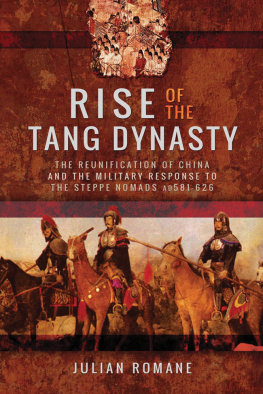
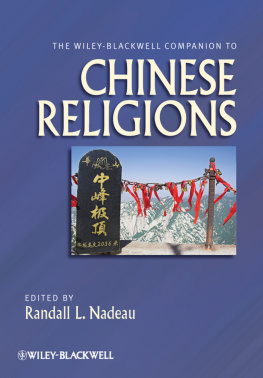

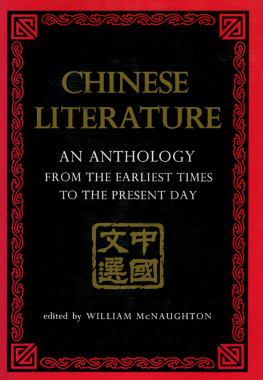

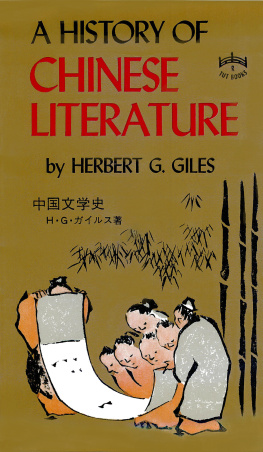
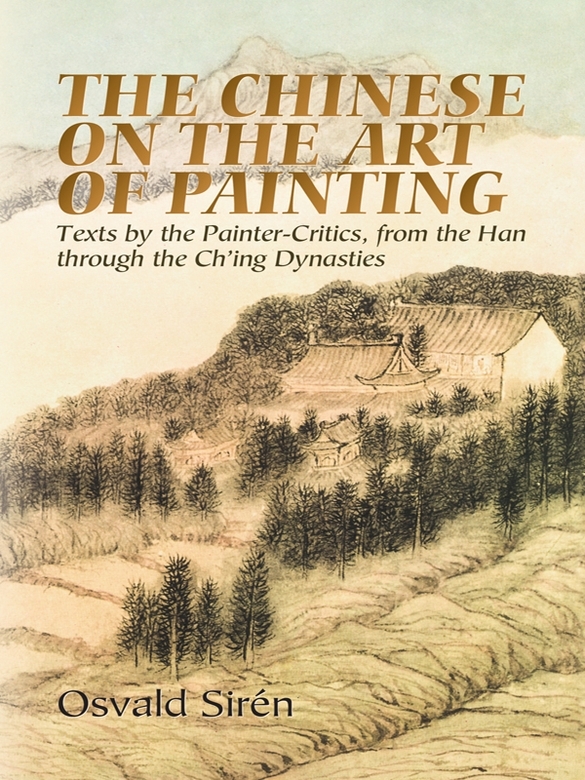
 Yung who continued his art.
Yung who continued his art.